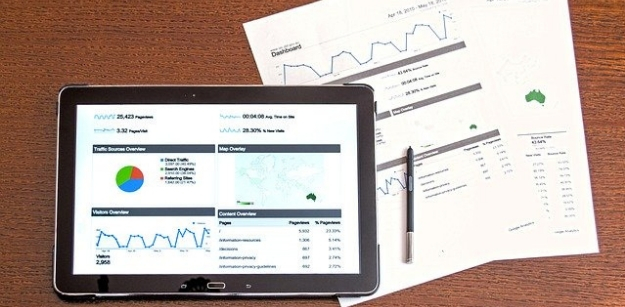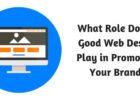Content related to the scope of your product/service and helping to solve the problems of your potential audience is the foundation of inbound marketing. However, only its presence does not guarantee a sudden demand among customers.
If you have an interested reader, this does not mean that you can be congratulated on a new loyal customer. For this to happen, a satisfied reader must become your regular subscriber. But this will not be enough. You will have to work hard so that he then performs the target action and after that wants to stay with you.


So that your work is not in vain, you must immediately determine the direction of development and think over an inbound marketing book for strategy. It includes 4 stages, each of which uses certain tools.
Stage One – Engaging
The essence of inbound marketing lies in the name itself – you are not looking for anyone, you are not imposing anything on anyone, and potential customers find you yourself. In the search results for a thematic request, in specialized official and unofficial media, in social networks and instant messengers (your groups and communities on Twitter or Facebook, channels on Telegram or YouTube) and etc.
Your goal is to bring in those who could potentially become your consumers. Focus on their interests. The target audience will find you if you start broadcasting something that will have a certain benefit for it, that will inspire confidence.
At the very beginning, decide on the topic of publications, draw up a content plan and select sites for the distribution of materials. Use the tools of Internet marketing: the possibilities of search engine promotion and promotion in social networks.
Do not grab at once for everything: both for a corporate blog, and a channel on YouTube, etc. Find out where and when those who might be interested in your product spend time online, what user habits do they have? Keep this in mind when creating content. Communicate with your audience “in the same language,” and don’t forget: everything you say affects your image and reputation.
Stage Two – Conversion
You brought the right strangers to your site and received the first visitors. To keep them and always be able to remind them of themselves, you need to get their contacts. At a minimum, email addresses.
How can we do this? Just because no one will leave their data – again, you need to offer a favor. It can be some kind of expert guide, an exclusive selection, a special brochure – anything related to the scope of your product, which has unique value (you can’t find it anywhere else) and certainly reminds you of it.
Get lead will help you:
- Forms (in the blog, on the landing page, in social networks).
- CTA (Call-To-Action – buttons that call for the target action).
- Landing page (here you can place all of the above).
Be sure to keep track of where the contacts come from. So you can sort the contact database by source sites (contact scoring) and build interaction with visitors already more precisely.
The third stage – rapprochement
You managed to interest the desired audience and get its contact details. There was a small but crucial step – to study the behavior patterns of subscribers, again strengthen their trust and create conditions for the first orders.
To do this, you will need:
- CRM (customer relationship management system where you can find out all the current information for each lead, on its basis think over tactics of work and quickly change the action plan taking into account the current data summary).
- Email-distribution (letters will help to convince those who seem to be ready to become your client, but cannot decide on it in any way).
- Marketing automation- with the help of marketing automation, you can work with each potential client separately.
Stage Four – Satisfaction
The final stage is sending email your inbound marketing worked. But this is not all pleasant surprises. Inbound marketing is great because it involves attracting customers who should become agents of your brand – to enjoy your products and talk about you everywhere.
For this to happen, you need:
- Surveys (learn about the strengths and weaknesses of your product and improve it).
- Bonuses (maintain customer demand for special promotions and personal offers).
- Feedback monitoring and feedback analysis.
- Analytics (general reflection, assessment of work done and development of new ideas to improve inbound marketing strategy).
Inbound Marketing Benefits:
1. It solves several company tasks at once.
It provides loyal customers and creates a positive image. Also, it optimizes costs: the costs of implementing an inbound strategy are several times less than the budgets allocated to traditional marketing.
2. Attracts an interested audience.
If, at the stage of content marketing, you have chosen the right tactics, only those who are potentially ready to become your consumers will come. Inbound marketing unobtrusively unites people with common interests, needs and “pains” in your product area.
3. Converts strangers to customers one by one.
Inbound marketing is based on a system in which each action is a sales funnel stage. By the joint efforts of copywriters, designers, marketers, analysts, technicians, and sales managers, you can achieve the desired results.



